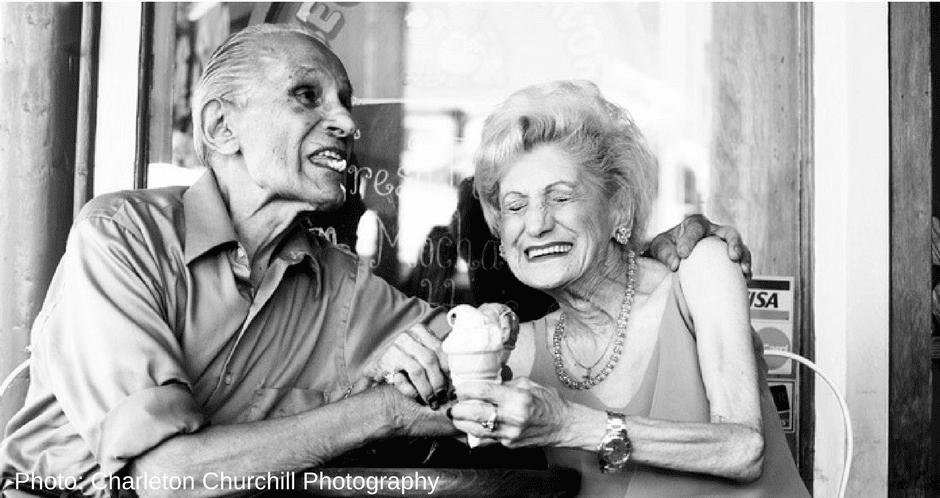
‘Grey divorce’ as it’s termed is increasing in Australia – that is, divorces in older couples that have previously been in long-lasting marriages. The Australia Bureau of Statistics have shown that the age of divorcees is at a record high. Couples sometimes simply drift apart and start thinking about what they’ll be doing for the next 20 or 30 years.
The Australian government has said that the life expectancy at age 65 has increased—men are likely to live another 17.5 years and women another 21.1 years. This longer life expectancy is one reason why this trend is becoming so popular. Although these older adults may be living alone, however, they are not sitting around just being lonely. What does this mean? They are forming new partnerships called ‘Living Apart Together’ (LAT) which means that they have an intimate relationship with a partner without actually sharing a residence.
Researchers say that while this trend is well understood in Europe, it is lesser known in other parts of the world. This means that the challenges in making decisions regarding family care giving, for instance, can affect not only the couple, but their entire families as well.
When researchers interviewed different people they found that many wanted to have a relationship and identify themselves as a couple, but still wanted to continue to maintain their own home, sustain existing family boundaries and remain financially independent. “While we are learning more about LAT relationships”, researchers say, “these partners need to prioritise discussions about end-of-life planning and care giving because many countries have yet to recognise LAT as a legitimate choice.”
This means that these countries have excluded these partnerships in their policy making and are considering them largely ‘invisible’. Conversations as a couple and with their families have to happen as soon as possible so that each person knows what the other expects and then, partners, relatives, family members and doctors can work to make these wishes a reality. Many people wait until a crisis to address these issues, but in situations like LAT, where there are no social norms or explicit rules and laws to guide you, these conversations are now more important than ever.
LAT couples don’t have to accept the status quo and stay in this ‘invisible population’ these days. Researchers interviewed 25 LAT partners in 2015 and about half of the participants said that they intended to exchange care if needed; the other half had ambiguous feelings or intentions to refuse care. It’s your decision. Women said that they would consider caring for their ill partner for a few days per week or hours per day, but rarely full-time. Only men said that they would consider providing full-time care.
These gender differences are not surprising considering that many older women may have already performed the role of spousal/partner care giver in the past. This is why many older adults are in these relationships generally; they want to live independently for as long as possible. This means that questions surrounding “Where do I fit in as far as being present at my partner’s bedside? “Will the family accept me in that way?” and “Do I get to be a part of that decision-making just as much as anyone else?” need to be addressed as soon as possible.
Money can also be a deciding factor here. One woman, for example, wanted to keep her savings for her own old age and not use them to cover any nursing home care her partner may need in the future. Government policies will influence these decisions because pension benefit amounts will decrease when people live together and are not married. This is true in Australia and New Zealand where cohabiting couples are not considered any different from married couples.
This means that older adults who live together would receive a smaller state pension than a single adult living alone. Partners may want to do some home caring but only in a limited capacity so they can stay in their own homes and receive all of their benefits.
The bottom-line is that when you make these decisions in a timely way, your wishes and choices will become clear. Using a living will, which lays out your preferences or having a durable power of attorney where you name someone to make healthcare decisions for you; makes everything less stressful and less difficult during this time for your partner and for your entire family as well.